



What is included in the soc chip
In today's era of rapid technological development, SOC (System on Chip) chip is gradually becoming a key technology in various fields. It integrates multiple functional modules on a single chip, realizing a high degree of integration and miniaturization, and providing a powerful impetus for the performance improvement and innovative development of various electronic devices.
SOC chip usually includes the following main parts.
First is the processor core. This is the “brain” of the SOC chip, responsible for performing a variety of computing tasks and control operations. The processor core can be a general-purpose processor, such as those of the ARM architecture, or a specialized processor for a specific application area, such as a digital signal processor (DSP). Different processor cores have different performance characteristics and applicable scenarios, and through reasonable selection and configuration, they can meet the needs of different devices.
SOC chips need to store program code and data, so memory is an indispensable part. Memory can be divided into random access memory (RAM) and read-only memory (ROM), etc. RAM is used for storing temporary data, which is faster, but the data will be lost after power failure; ROM is used for storing fixed program code and data, which will not be lost after power failure. In addition, there are some new memory technologies, such as flash memory, ferroelectric memory, etc., which are also widely used in SOC chips.
Furthermore, there is a communication interface. In order to realize the communication and data exchange with external devices, SOC chips need to be equipped with various communication interfaces. Common communication interfaces include USB, Ethernet, Bluetooth, Wi-Fi and so on. These interfaces enable SOC chips to carry out high-speed data transmission and communication with other devices, and realize the interconnection between devices.
In addition, the SOC chip may include multimedia processing modules such as graphics processing units (GPUs), video encoders/decoders, and audio processors. These modules enable image, video and audio processing and playback, providing users with a rich multimedia experience. The performance of multimedia processing modules is particularly important in mobile devices such as smartphones and tablets.
In addition, SOC chips may contain other functional modules such as sensor interfaces and power management modules. The sensor interface can connect various sensors, such as accelerometers, gyroscopes, light sensors, etc., to realize the perception of the environment and the state of the device. The power management module is responsible for managing the power supply of the chip to achieve low-power operation and efficient power utilization.
The emergence of SOC chips has greatly promoted the development of electronic devices. It not only improves the performance and functionality of the device, but also reduces the cost and size of the device. In the fields of smartphones, tablet PCs, smart homes, and Internet of Things, SOC chips have become the core technology. With the continuous progress of science and technology, the integration and performance of SOC chips will continue to improve, bringing more possibilities for the future development of science and technology.
In short, SOC chip is a highly integrated chip, which includes processor core, memory, communication interface, multimedia processing module and other functional modules. These modules work together to make the SOC chip become the core of modern electronic devices. In the future, SOC chips will continue to play an important role in promoting the continuous innovation and development of science and technology.

Please contact us if the source is mislabeled or violates your legal rights.
We will promptly correct and delete, thank you.
- ISP co-processor
- The standard of ISP chips
- What is the power consumption level of t...
- In what scenarios can the performance of...
- Smart Home Products with Rockchip RK3588...
- Kylin ISP chip
- Purchase of ISP chips
- How fast is the read speed of Winbond W2...
- The motherboard of the industrial comput...
- spi ethernet chip in qfn package
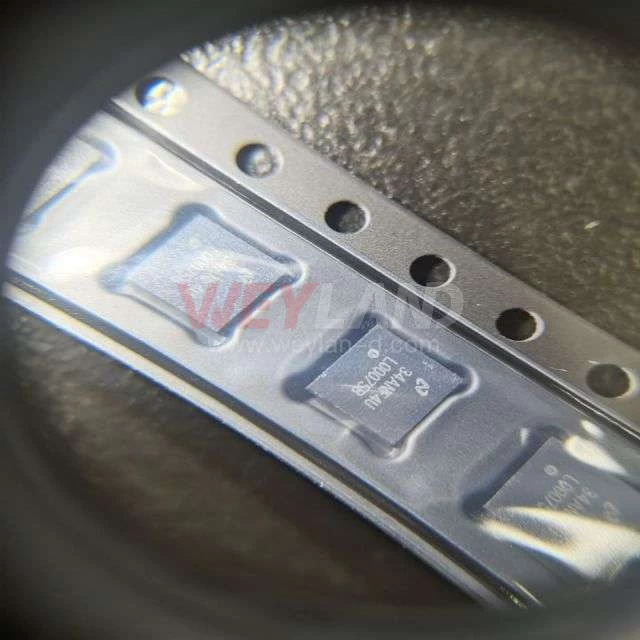
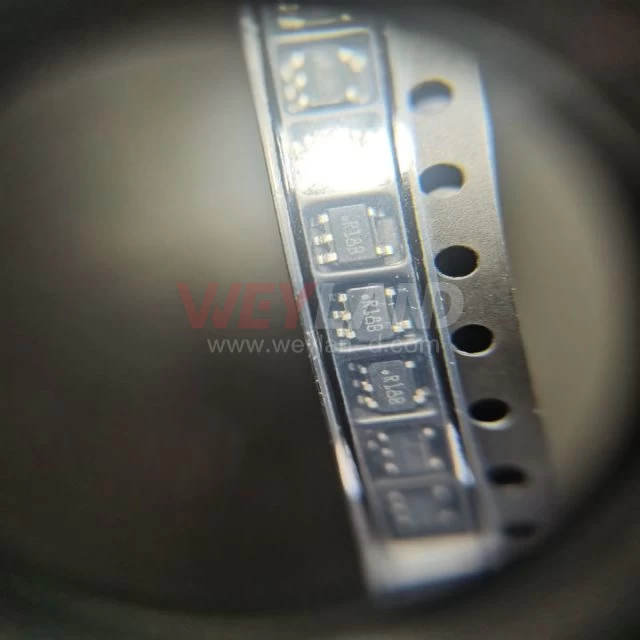
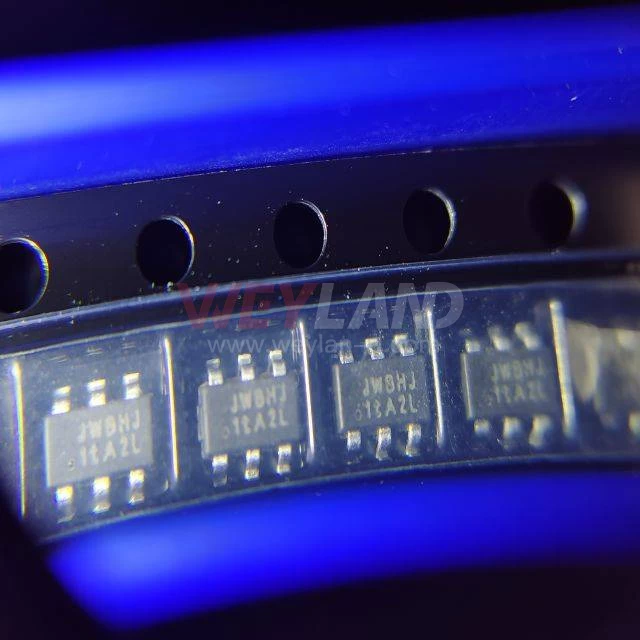
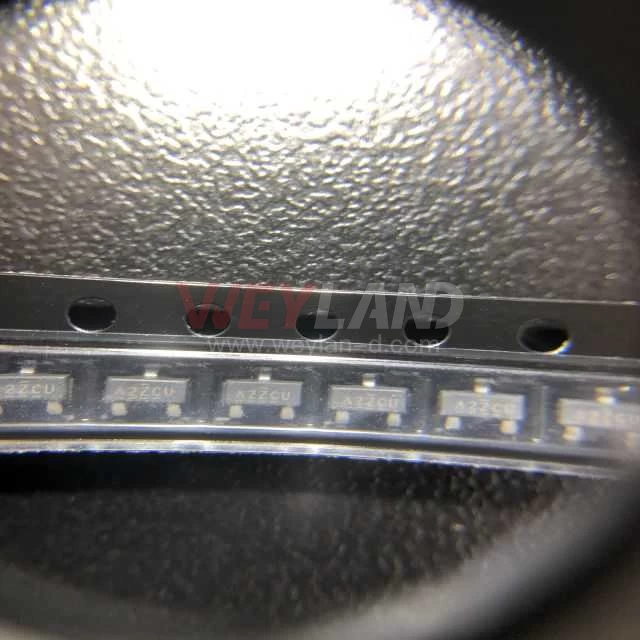
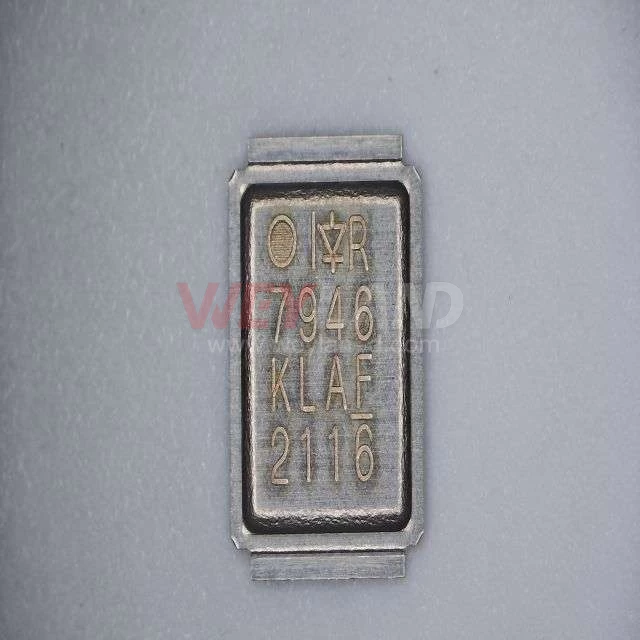
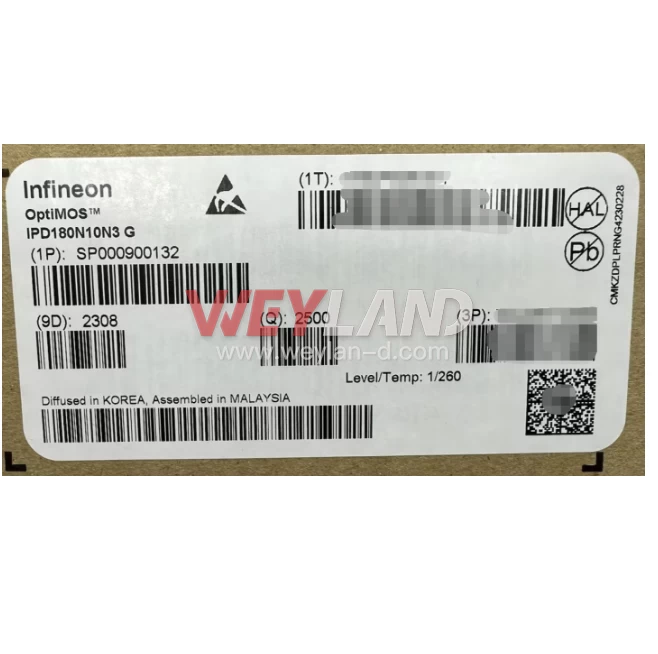
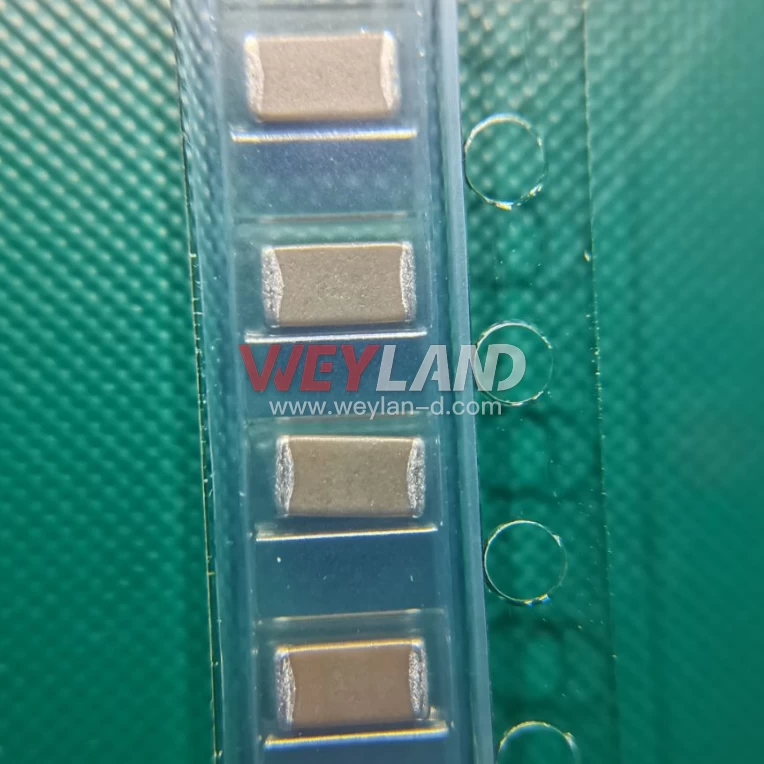
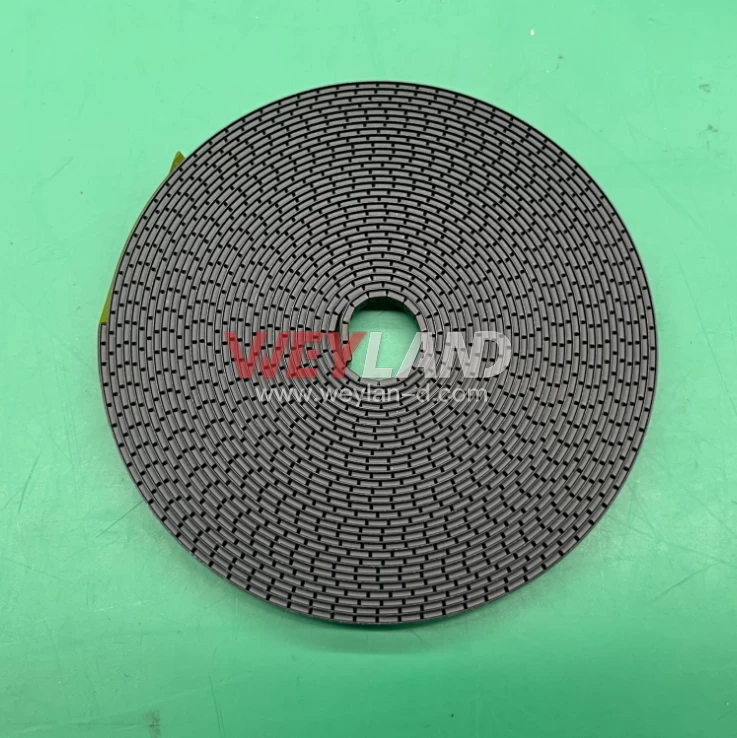
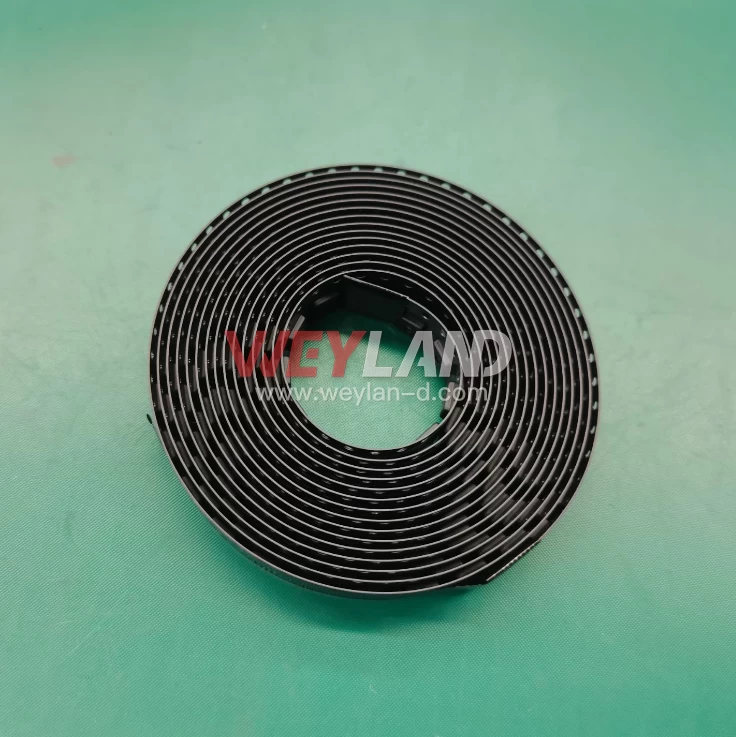

.9246509.png)












[email protected]
7500A BEACH ROAD #04-307 THE PLAZA SINGAPORE (199591)
RM 705.7/F.FA YUEN COMM BLDGNO.75-77.FA YUEN STREET.MONGKOK.KLN.HONG KONG
